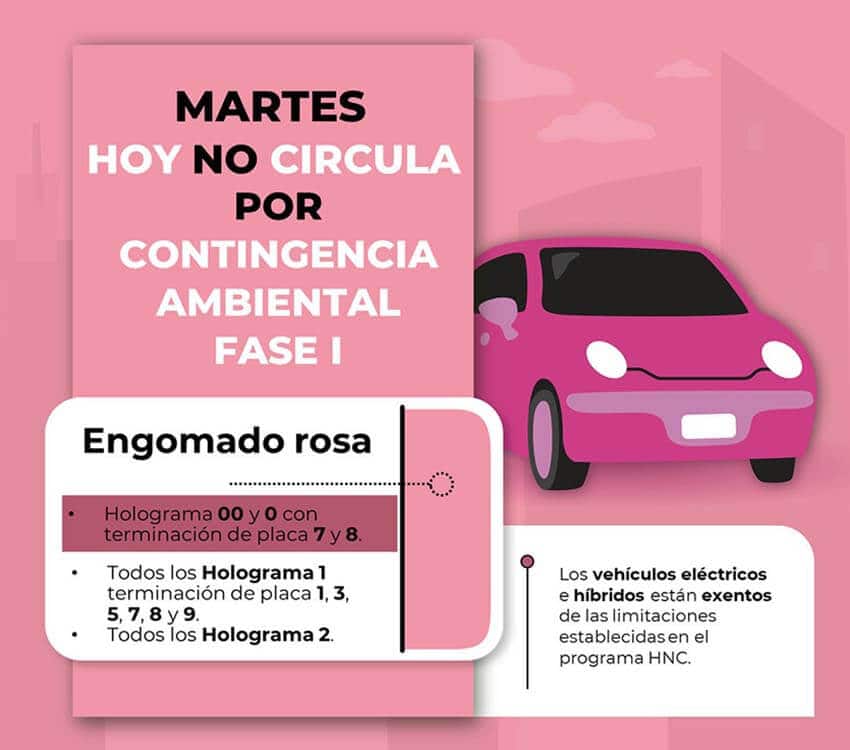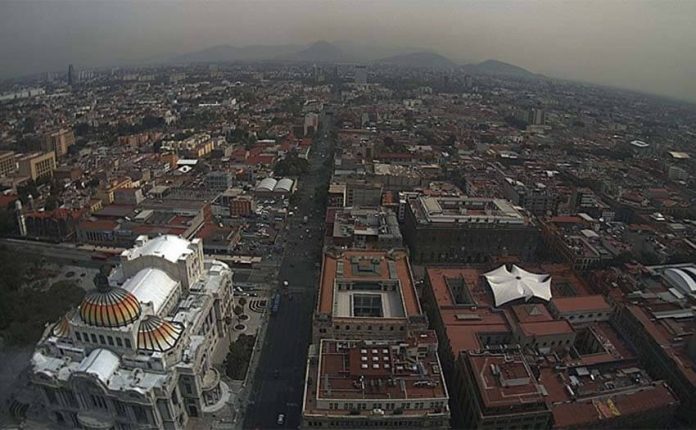Air quality has once again deteriorated in Mexico City, leading authorities to declare a phase 1 environmental alert.
The alert was activated Monday due to high levels of ozone pollution in the metropolitan area and renewed at 3:00 p.m. Tuesday.
Many vehicles, including a large number of those with license plates that end in 1,3,5,7,8 and 9, are consequently prohibited from using roads in the metropolitan area between 5:00 a.m. and 10:00 p.m. Tuesday. Restrictions aimed at reducing ozone levels also apply to many industrial facilities.
The current phase 1 alert comes just over a month since the last one was declared. Ozone levels as high as 169 parts per billion (ppb) were recorded in Mexico City Monday afternoon. The city government considers concentrations of ground-level ozone over 70 ppb to be unhealthy. Weather conditions are currently favorable to the accumulation of ozone in the capital.
The Environmental Commission of the Megalopolis (CAMe) said Tuesday afternoon that information from the Mexico City Atmospheric Monitoring System “indicates that the high-pressure system in the Valley of Mexico remains and [that] the production of ozone is continuing in the presence of high solar radiation and temperatures above 24 C.”

It also said that wind conditions were impeding the dispersion of the ozone contamination. CAMe will issue its next report at 8:00 p.m. Tuesday.
A map published by Mexico City authorities at 3:00 p.m. on Tuesday showed that air quality was poor at 12 of 14 points in the capital where data is collected. It also showed poor air quality at four locations in México state, which borders the capital to the north, east and west.
Residents of the Valley of México metropolitan area were advised to avoid outdoor activities including exercise between 1:00 p.m. and 7:00 p.m. on Tuesday due to risks associated with exposure to polluted air.
Excessive ozone in the air can have a marked effect on human health, according to the World Health Organization, which says that it can cause “breathing problems, trigger asthma, reduce lung function and cause lung diseases.”
The United Nations declared Mexico City to be the most polluted city on the planet in 1992. While air pollution is still a problem at times, the situation in the capital and surrounding areas has improved significantly over the past three decades.
Mexico News Daily
